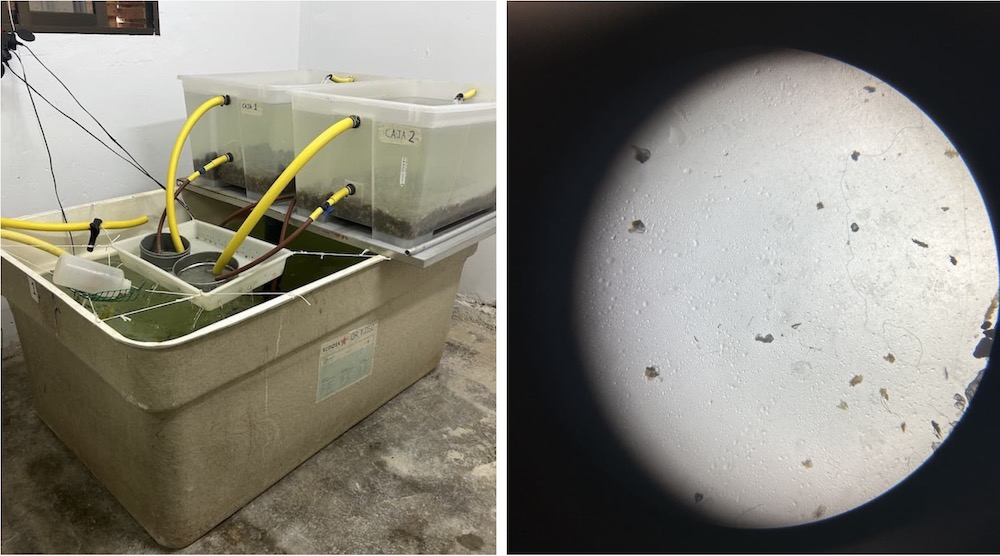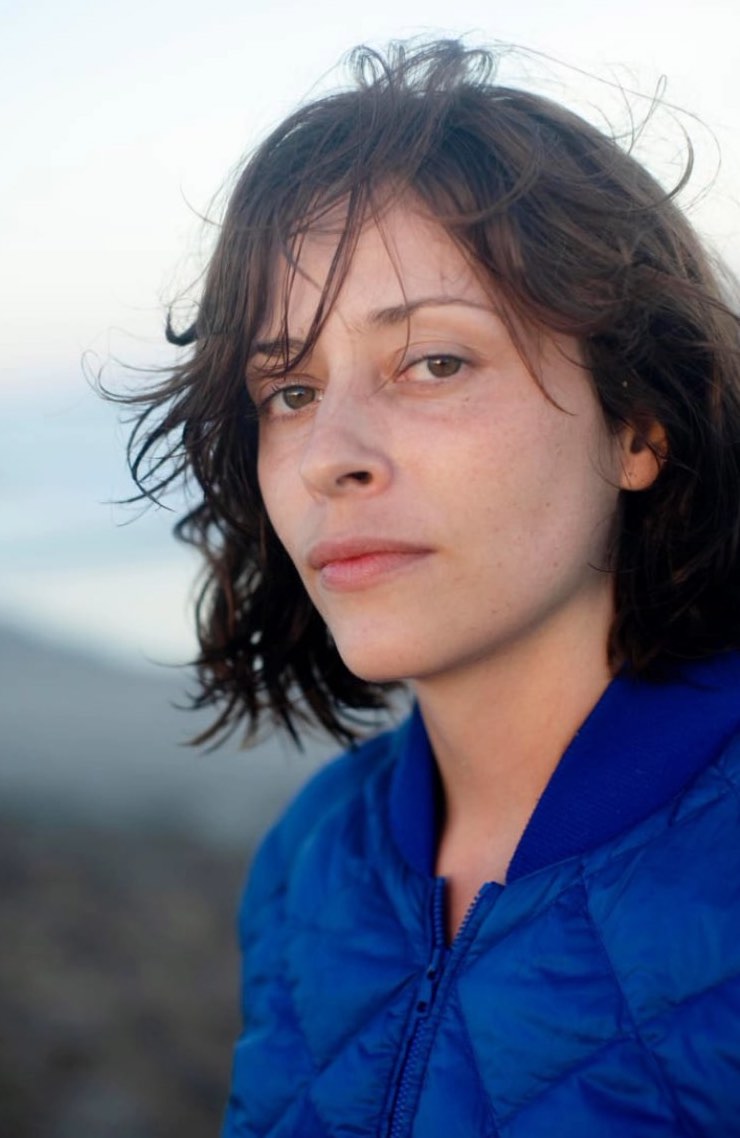Search
To search for an exact match, type the word or phrase you want in quotation marks.
A*DESK has been offering since 2002 contents about criticism and contemporary art. A*DESK has become consolidated thanks to all those who have believed in the project, all those who have followed us, debating, participating and collaborating. Many people have collaborated with A*DESK, and continue to do so. Their efforts, knowledge and belief in the project are what make it grow internationally. At A*DESK we have also generated work for over one hundred professionals in culture, from small collaborations with reviews and classes, to more prolonged and intense collaborations.
At A*DESK we believe in the need for free and universal access to culture and knowledge. We want to carry on being independent, remaining open to more ideas and opinions. If you believe in A*DESK, we need your backing to be able to continue. You can now participate in the project by supporting it. You can choose how much you want to contribute to the project.
You can decide how much you want to bring to the project.

Carlos Monleón’s residency in the Homesession space in Barcelona gave rise to the sound installation Respiración Fluvial(River Breathing) that can currently be seen at La Panera in Lleida until May 26. The experience unfolds on different scales: as a theatrical production, as a musical story and as the song of a sculpture that seeks a way to transmit its life. Through the narration, we enter a landscape that begins with an objective recording of an ecosystem in order to highlight its respiratory poetics, tone, rhythm, and constant fluidity. Through the findings, enigmas and losses of this cybernetic naturalist, the recording is translated into human sensory language.

Installation view. Photo © Jordi Rulló
The Ebro River meanders through different landscapes in Spain to create a wildlife reserve. Following the trail of a mollusk, essential for the life cycle of the river, the cybernetic naturalist captures sounds and samples of how it expresses itself in the river. Naiads are river clams that inherited their name from the freshwater nymphs of Greek mythology (virtually so in the symbolic dimension).
The cybernetic naturalist wants to know and to verify if these beings that can measure the river’s turbidity can manifest themselves, that is, if they can speak or sing, or if the data of their metabolism can be translated into song or communication. He attempts to find out how they can see without eyes and how their song transforms turbidity into pearls, and to see if this song is about a dry and painful death, and if the river suffers.
The work uses myth and data, as both are ways of encrypting and decrypting the surreptitious relationships that form the world (including bodies and thought). They are attempts to store and process how it functions, although ultimately the object of memory is poetry. When everything works it creates a subtle poetry, and when something breaks, the desolation is no less poetic. Near its end, it intensifies into angry foam, a matter of survival.
The pearl makes the mollusk visible (the pearl is a fact) while the nymph expresses its song (the nymph is a myth). It is hard to know if the song comes from the nymph or if all the living and non-living components of the river produce a symphony that sounds like singing to the human ear. This depends on the semantic machine, on the reading it offers about the phenomenon.
The song of the naiads dramatizes the existence of these beings, whose discreet breathing is expressed by the chorus. Its vibration is expressed by the pearls that we treasure as precious objects, by their inexplicable alchemy and ability to evoke memory.
The idea that naiads never appear alone but rather their forms and voices are always heard as a chorus, in a herd, in clusters, configures the meeting place between data and myth. If the chorus is the key, what stories do their songs produce?
The cybernetic naturalist wanted to rediscover the incalculable factor of the world, the respect for the indecipherable. He knew that naiads would not present themselves as nymphs but would behave like them, devoted to the river of which they are a part, to which they act like its viscera. He wanted to know what echo their voices produce (amplified, interpreted) in the transformation of the river and, in particular, in their inevitable extinction as a key agent.
In the process, the naiads grew in this artificial song, changing scale as the turbidity increased. Gathered together in a room like mutant clams, they are figments of the imagination, they are monuments to their laborious metabolism.

Detail Photo © Jordi Rulló
Clam-nymph
(The myth)
In mythology, clams are represented as nymphs, creatures that embody the divinity of the river, capable of coming into contact with mortals. The nymphs die if the water becomes sick, and they marry heroes to become the link between man and river. Associated with specific places, they represent locality, they behave as political subjects.
They are nymphs and at the same time they are myths capable of describing the existence of a clam and its inseparable existence with a river. In the perspective of a cybernetic naturalist, the clam acts within an ecosystem that depends on its existence to self-regulate. They are fundamental for the emergence of a concept such as the Ebro River, whose name (coined by Greek populations that frequented its coasts in the historical past) means a mighty river, and from which in turn derives, in many permutations of language, the name Iberian which the region was formerly called.

Detail of Margaritiferae. Conservation work on Margaritiferae and Potomidae © Keiko Nakamura
The Measurement of Turbidity
(The data)
Truth spreads like the foam of rabies. These clams are practically no longer found in the river.
Naiads today are mostly preserved in laboratories that study and protect this endangered species. Their sounds and recordings are captured in artificial places and their interpretation shows the assisted respiration of organisms that managed to thrive for more than 300 million years without major genetic modifications.
Bivalve mollusks purify water and maintain the quality of aquifer ecosystems, but they are one of the animal groups with the highest extinction rate worldwide.

Left: Spawn filtration tank. Right: Margaritiferae Babies. Conservation work on Margaritiferae and Potomidae © Keiko Nakamura
The Chorus
(Relational system)
Just as the ornithological composer Olivier Messiaen claimed that birds make music that it is too fast for the human ear to perceive, it is possible that naiads, in their breathing and subtle movements, produce something that we can call music.
Inside their soft bodies are auricular concavities whose morphology conducts sound vibrations with acoustic efficiency.
With their adductors, they open and close the valves in an unknown rhythm. They collide, they move the water, they taste it, they breathe, they crawl in sandy mud, they bury themselves, they huddle together, they secrete nacre, they expel eggs.
In the sound piece River Breathing, these actions modulated by the density of the medium are expressed through an accordion that breaths harmonics, and the heartfelt percussion of castanets. The cyclical movement of the instruments functions as an expressive translation of the naiads. Their breathing provides warmth and folklore to the sound experience, presenting the clams as lyrical entities, tied to the river by their song.

Installation view. Photo © Jordi Rulló
The Pearl
(The lyric)
In this projection of the naiads (not nymphs but sculptures, not clams but monuments to their laborious metabolism), each pearl contains in its center part of a story. There is mystery, there is lyricism, and many human cultural references. Memory and poetry are elements that isolate and transform the betrayal into a pearl through emotional and physical digestion.
A cybernetic naturalist looks for ways to represent the object of study with the intention of incorporating it into their body of knowledge. In the representation, there is drama, and fantasy operates as a descriptive tool, capable of narrating that which is imperceptible.

Installation view. Photo © Jordi Rulló
Carlos Monleón, Respiración Fluvial (River Breathing) at Centro de arte La Panera (Lleida) until May 26.
It was presented first at Homesession between January 18 and February 3, 2024.

Merlina Rañi (Brazil, 1987) is an art curator focused on digital media and scientific dissemination. She researches virtual environments and their relationship with physicality, her practice revolves around the production of narratives. Her latest productions focus on the impact of technological abstraction on political and affective aspects of society, around axes such as simulation, language, complexity and automatic learning.
https://merlinarani.xyz/
IG / X: @merlina_rani
"A desk is a dangerous place from which to watch the world" (John Le Carré)